By constanca on July 31, 2015
Japan, Portuguese Navy, Portuguese Trading Posts
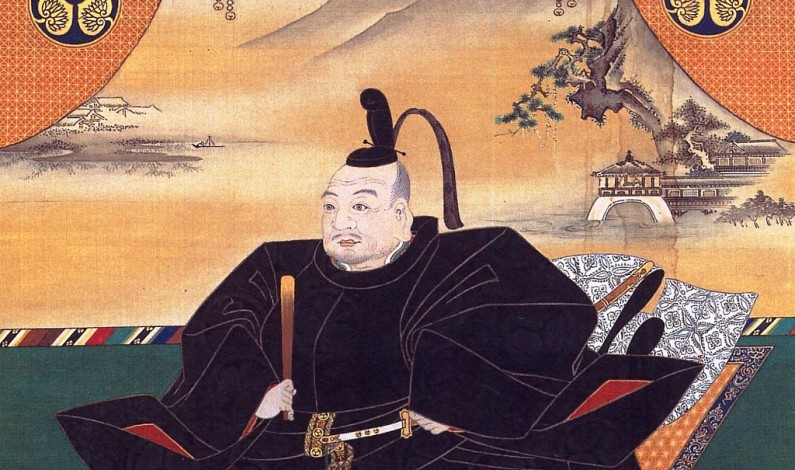
The Nossa Senhora da Graça incident, alternatively called the Madre de Deus incident, was a four-day naval action between a Portuguese carrack and samurai junks belonging to the Arima clan near the waters of Nagasaki in 1610. The richly-laden “great ship of commerce”, famed as the “black ship” by the Japanese, sank after its captain […]
By constanca on July 31, 2015
Portuguese Navy
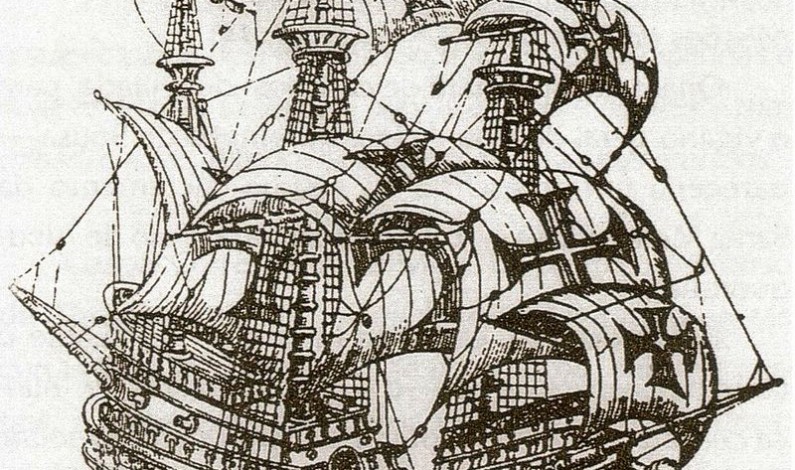
Flor do Mar or Flor de la Mar (Flower of the Sea), spelled Frol de la Mar in all Portuguese chronicles of the 16th century, was a Portuguese nau (carrack) of 400 tons, which over nine years participated in decisive events in the Indian Ocean until her sinking in November 1511. Nobleman Afonso de Albuquerque was […]
By constanca on July 31, 2015
Portuguese Navy
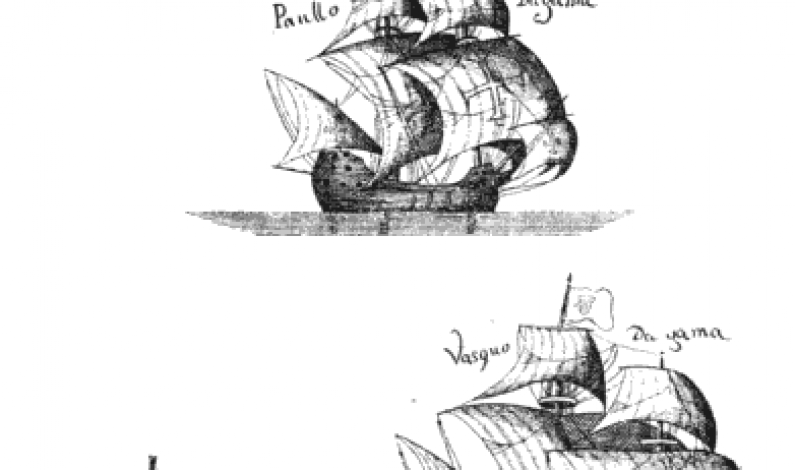
The São Gabriel was the flagship of Vasco da Gama’s armada on his first voyage to India in 1497-1499. The other three ships Velho indicated that the sources agreed that the armada contained four ships, but there was disagreement about the names. These were the other three ships according to him: The São Rafael: The […]
By constanca on July 31, 2015
Portugal
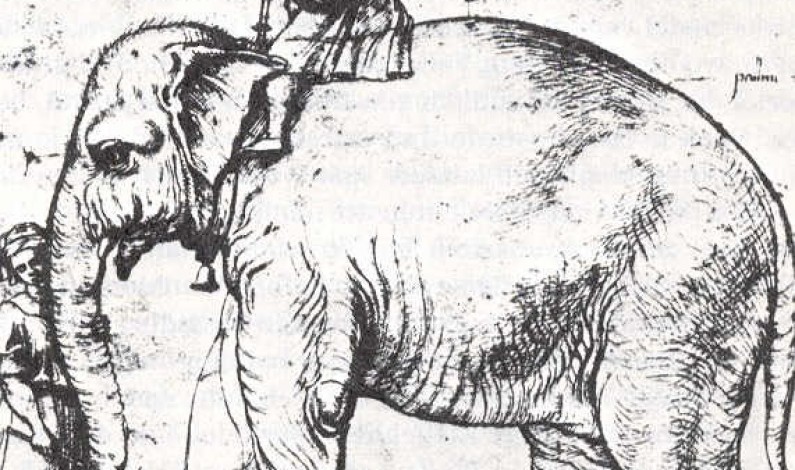
Hanno from 1510 – 8 June 1516 was the pet white elephant given by King Manuel I of Portugal to Pope Leo X (born Giovanni de’ Medici) at his coronation. Hanno, actually an Indian elephant, came to Rome in 1514 with the Portuguese ambassador Tristão da Cunha and quickly became the Pope’s favorite animal. Hanno died […]
By constanca on July 31, 2015
Asia, Japan
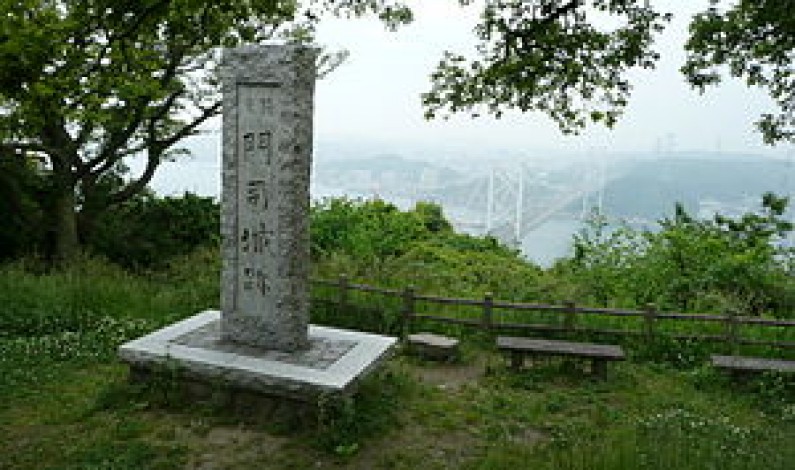
The Siege of Moji was a siege in 1561 against the castle of Moji in Japan. The castle belonged to the Mōri clan, whose capital was the city of Yamaguchi. Forces under Ōtomo Sōrin attacked the castle in alliance with the Portuguese, who provided three ships between 500 and 600 tons, each with a crew of […]
By constanca on July 31, 2015
Asia, Japan
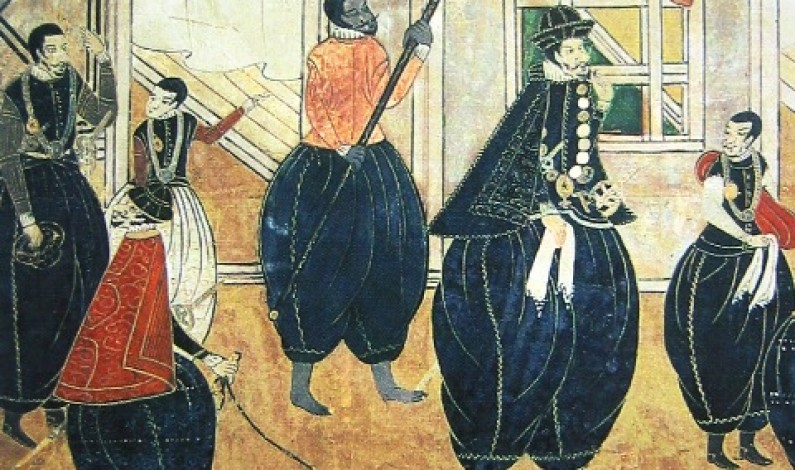
The Nanban trade, Southern barbarian trade or the Nanban trade period, Southern barbarian trade period in the history of Japan extends from the arrival of the first Europeans – Portuguese explorers, missionaries and merchants – to Japan in 1543, to their near-total exclusion from the archipelago in 1614, under the promulgation of the “Sakoku” Seclusion Edicts. First […]
By constanca on July 31, 2015
Portuguese Navy
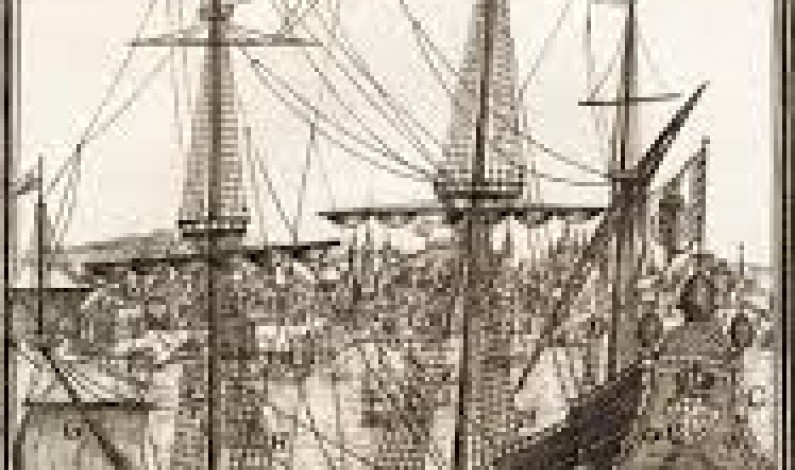
In the seventeenth century, the naval industry in colonial Brazil built the galleon Padre Eterno, one of the biggest ships of its kind at that time. The headlines in Mercurio Portuguez announced: “…a galleon called Padre Eterno will come from Brazil. It was built in Rio de Janeiro and is the most famous warship that […]
By constanca on July 31, 2015
Portuguese Trading Posts
Why Muslim Curtain? If you look out at how you could get from Europe to Asia, the promised land of goodies, you’d see a “wall” of Muslim states—Ottomans, Safavids, Mughals— blocking you by land and by sea. How to get around this—and get one over on the infidel Muslims, who were increasing in power and were richer […]
By constanca on July 31, 2015
India, Portuguese Cultural Heritage
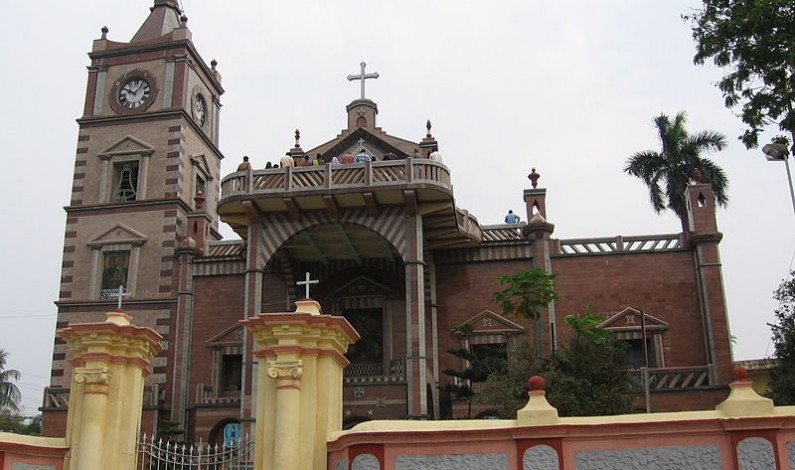
The Basilica of the Holy Rosary commonly known as Bandel Church is one of the oldest Christian churches in West Bengal, India. Situated in Bandel, Hooghly districtof West Bengal, it stands as a memorial to the Portuguese settlement in Bengal. Founded in 1599, it is dedicated to Nossa Senhora do Rosário, Our Lady of the […]
By constanca on July 31, 2015
Portuguese Culinary & Cuisine
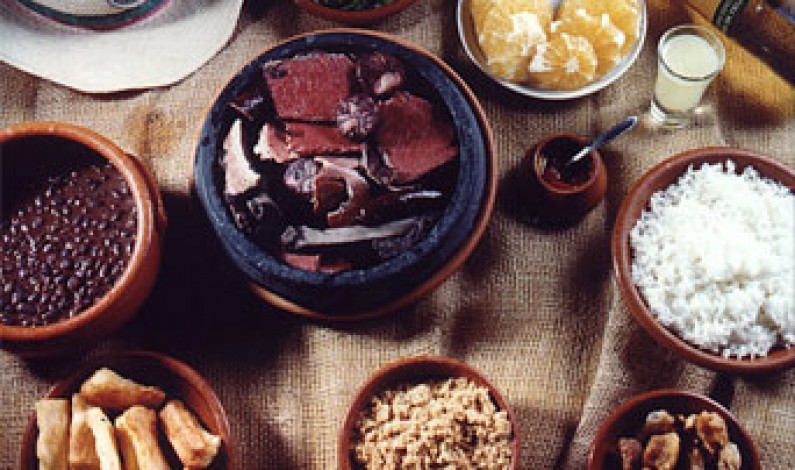
Because Columbus accidentally “found” the Americas while searching for a westward route to Asia, he gets the credit for sparking the Age of Discovery on behalf of Spain. Often overlooked today is the fact that Portugal was in the exploration game first, moving down and around the African coast in pursuit of gold, black pepper […]










